Or search by topic
Number and algebra
Geometry and measure
Probability and statistics
Working mathematically
Advanced mathematics
For younger learners
More Plant Spaces



- Problem
- Teachers' Resources
This activity has been particularly created as a possible follow-on to More Children and Plants.
So, set yourself a challenge like;
"Distribute 15 objects among four sets having 3 in one, 4 in another, 5 in another and 6 in the last."
Then take this further by having five sets with the extra set having just 1 object.
You'll be able to think of your own examples too.
Perhaps most important is to formulate some generalisations that can be tested.
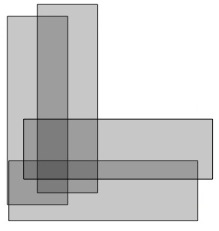
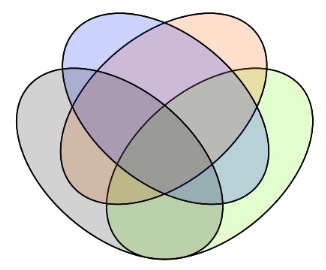
If you want a start to see one solution click "show"
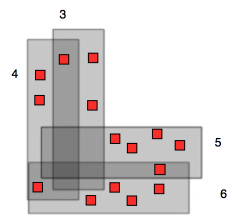
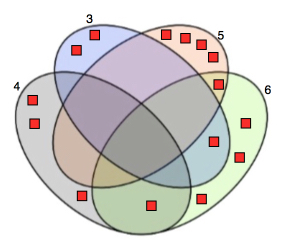
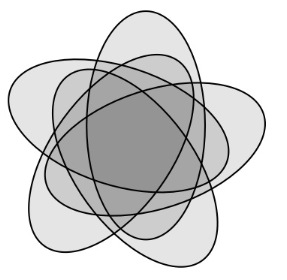
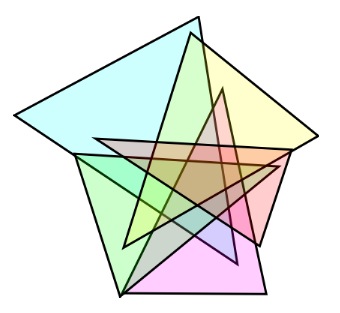
If you want to see a solution for 5 sets 3, 4, 5, 6, 7 using 12, click "show"
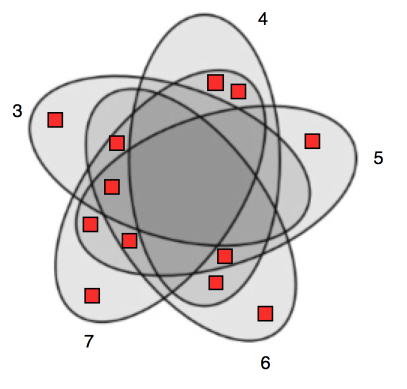
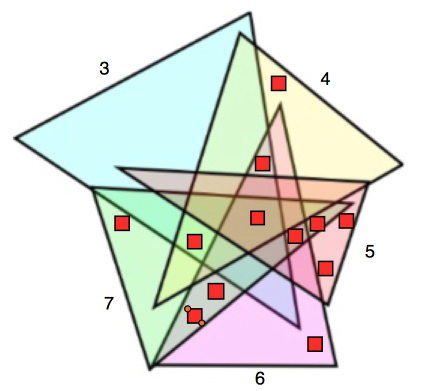
You may also like
Plants
Three children are going to buy some plants for their birthdays. They will plant them within circular paths. How could they do this?
Junior Frogs
Have a go at this well-known challenge. Can you swap the frogs and toads in as few slides and jumps as possible?
More Children and Plants
This challenge extends the Plants investigation so now four or more children are involved.

